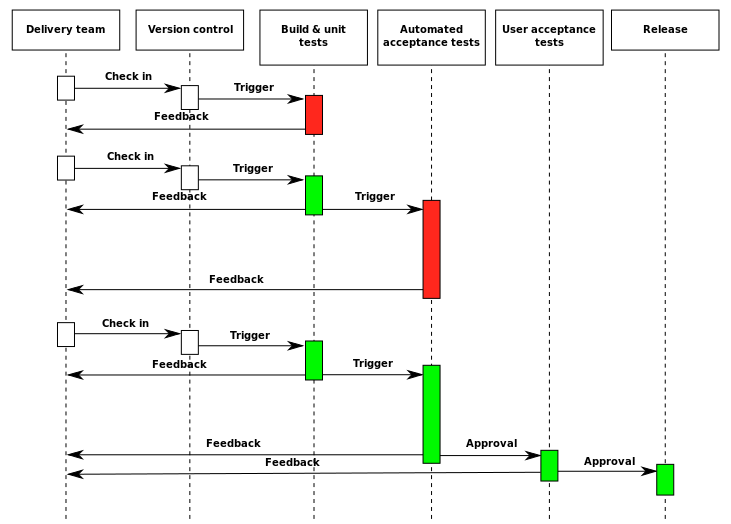Continuous Integration with Jenkins and Travis CI

According to Martin Fowler, “Continuous Integration is a software development practice where members of a team integrate their work frequently, usually each person integrates at least daily—leading to multiple integrations per day. Each integration is verified by an automated build (including test) to detect integration errors as quickly as possible.” (c)
Inspired by these ideas, our team organized a meetup dedicated to applying continuous integration, continuous delivery, and other related practices. Below are the slides and the video from the sessions providing a high-level overview of Jenkins and Travis CI.
Jenkins
Jenkins CI is an open source continuous integration server written in Java, which can be utilized for private clouds. In particular, it can be integrated with Cloud Foundry, Stackato, or other private PaaS systems. (Check out this and this link for details).
The slides below will give you a basic overview of what Jenkins is and briefly mention its workflows, alternatives, and tweaks.
Travis CI
Travis CI is a hosted Ruby service for continuous integration. It enables deployments to Heroku, Engine Yard, Cloud Foundry, OpenShift, and other PaaS platforms. Watch this 40-min overview by Piotr Sarnacki from the meetup we organized last year.







